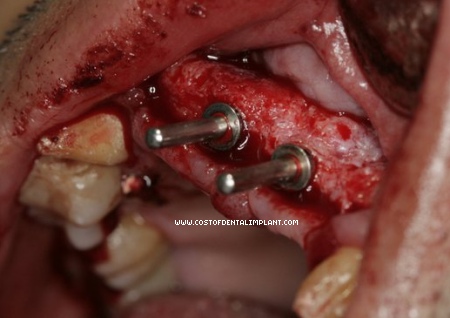Dental Implant Dentist
- Oct 25th. 2011
- By Dental Implants Cost
Dental Implantology is not a specialty yet. It is not correct to call a dentist as Dental Implant Dentist.
With adequate training, any dentist can perform a dental implant procedure.
A general dentist can perform basic dental implant surgery only if he has acquired the skills to do such procedure. A general practitioner can also carry out bone grafting, but he must have an additional training first.
Bone grafting is not a simple procedure. It requires special training and clinical experience before doing this procedure correctly in the patient’s oral cavity.
A Prosthodontist is one of the most qualified specialists to carry out a dental implant procedure. His specialty lies in dentures. Prosthodontics is a specialty that requires 2 to 3 years of university based or dental school based education. It is the dental specialty pertaining to the diagnosis, treatment planning, rehabilitation and maintenance of the oral function, comfort, appearance and health of patients with clinical conditions associated with missing or deficient teeth and/or oral and maxillofacial tissues using biocompatible substitutes. He is the most qualified to do the the prosthetic aspect of the dental implant treatment.
Read more

